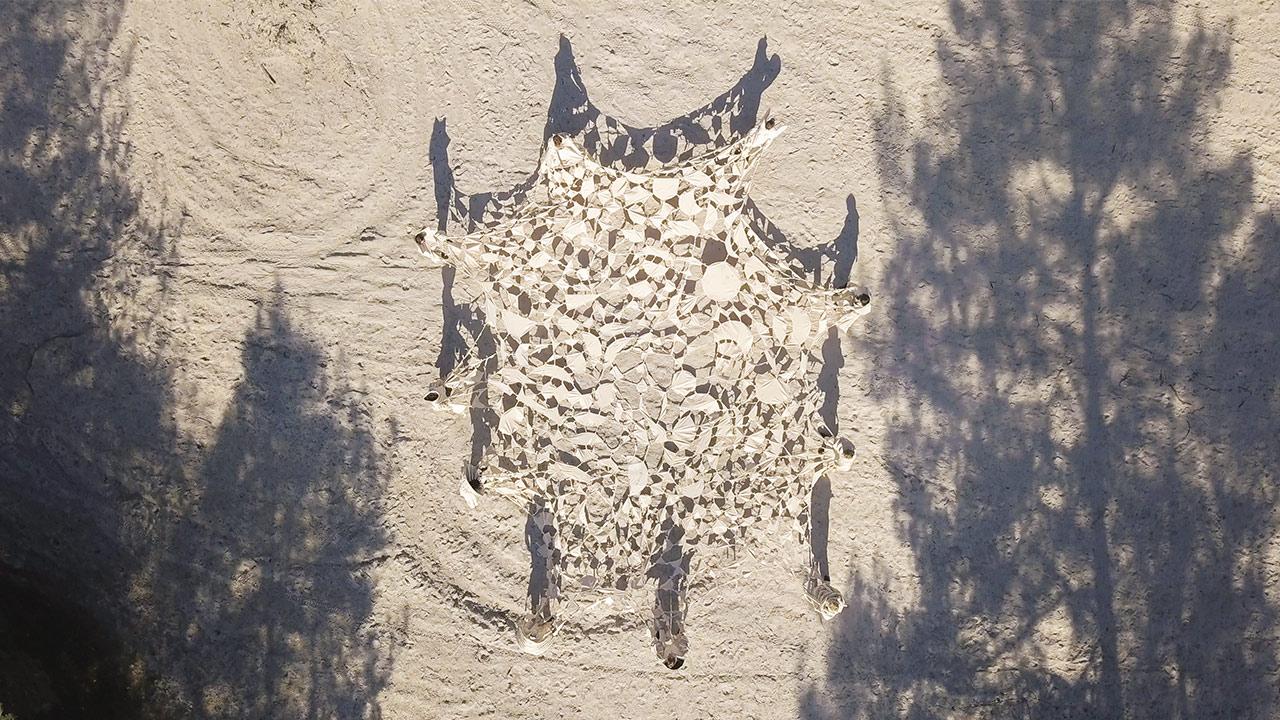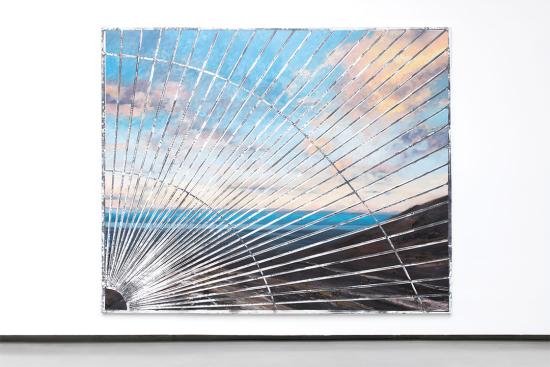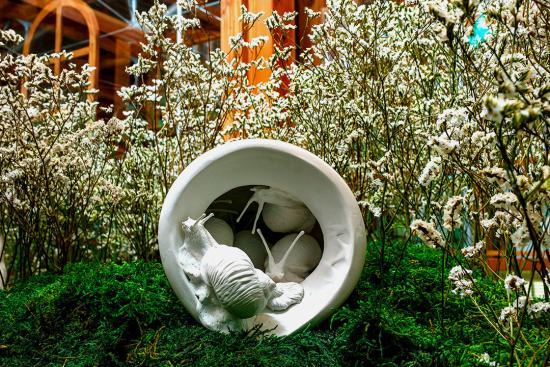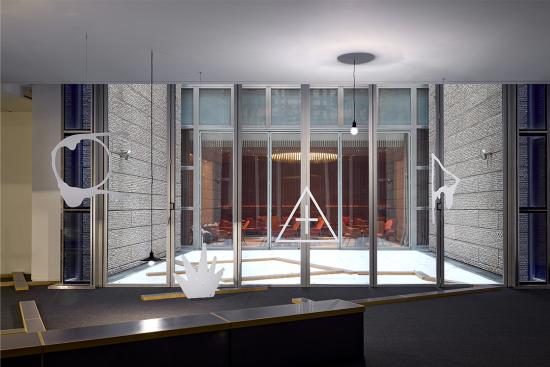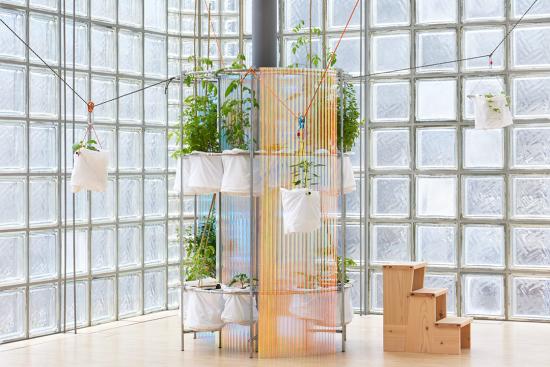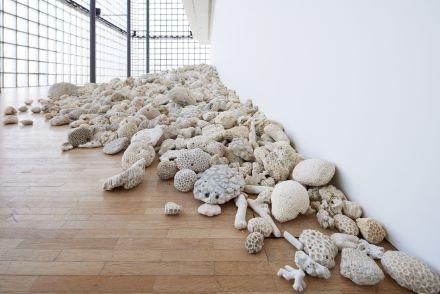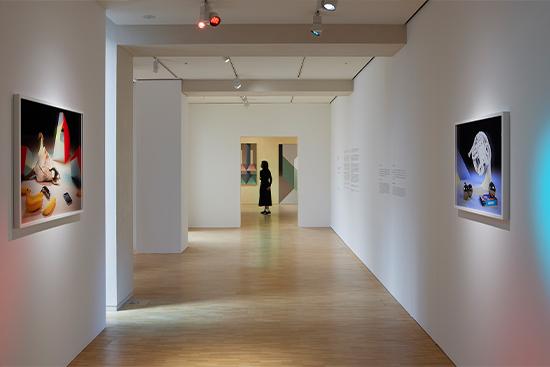In French, the expression “faire corps” means “to become one with”, conveying the idea of harmony or even solidarity between several different elements. With this title, the new exhibition at Le Forum looks to celebrate the unified collective that has emerged from the shared curatorial perspectives of Reiko Setsuda, curator of Le Forum, and Keren Detton, director of the Frac (Fonds Régional d’Art Contemporain) Grand Large in Dunkirk. This cultural institution, located on the English Channel close to the Belgian border and across from the United Kingdom, hosts a collection of over 2,000 works of art and pursues an ambitious public engagement programme across the region. Through both their cross-disciplinary nature and the themes that they address, the Frac Grand Large's collections echo the institution’s position at this geographic crossroads.
It is in this spirit of diversity that the title “Faire corps” takes on its full meaning. The exhibition harmoniously brings together a variety of very different works by 13 artists from across Europe, the United States and Japan, made between 1973 and 2025. Quoting the famous axiom of the artist Robert Filliou (1926-1987), “Art is what makes life more interesting than art”, the two curators explore the ambiguous nature of the relationship between art and everyday life. To do so, they gather and present works that highlight the social body as it functions at both individual and collective levels, while also reflecting upon the ways in which art can help to shape everyday life itself.
Works from the 1970s by Helen Chadwick (1953-1996) and André Cadere (1934-1978), which engage with bodily expression, open the exhibition. They dialogue intermittently with the strange creatures in Ana Torfs’ video Sideshow (b. 1963) and the forms that Nefeli Papadimouli (b. 1988) uses to map the spatial relationships between our bodies and their surrounding environment. Symbolic representations of the body’s vulnerability appear in pieces by Jesse Darling (b. 1981) and Paul Maheke (b. 1985), while Tarek Lakhrissi (b. 1992) explores the tensions between foreign and native tongues. The Åbäke collective (founded in London in 2000), meanwhile, presents works that involve the sharing of manual skills, and Kohei Sasahara (b. 1984) deploys his work in space at the intersection of various viewpoints. The exhibition also includes works by Jessica Diamond (b. 1957), Pauline Esparon (b. 1993) and Bruno Munari (1907-1998), as well as the drawings of Dunkirk artist Christine Deknuydt (1967-2000), which probe the limits of existence through an experimental approach whose traces seem to be erased by the very act of drawing. Gathered together in the space of Le Forum, all these artists font corps as a collective body.
